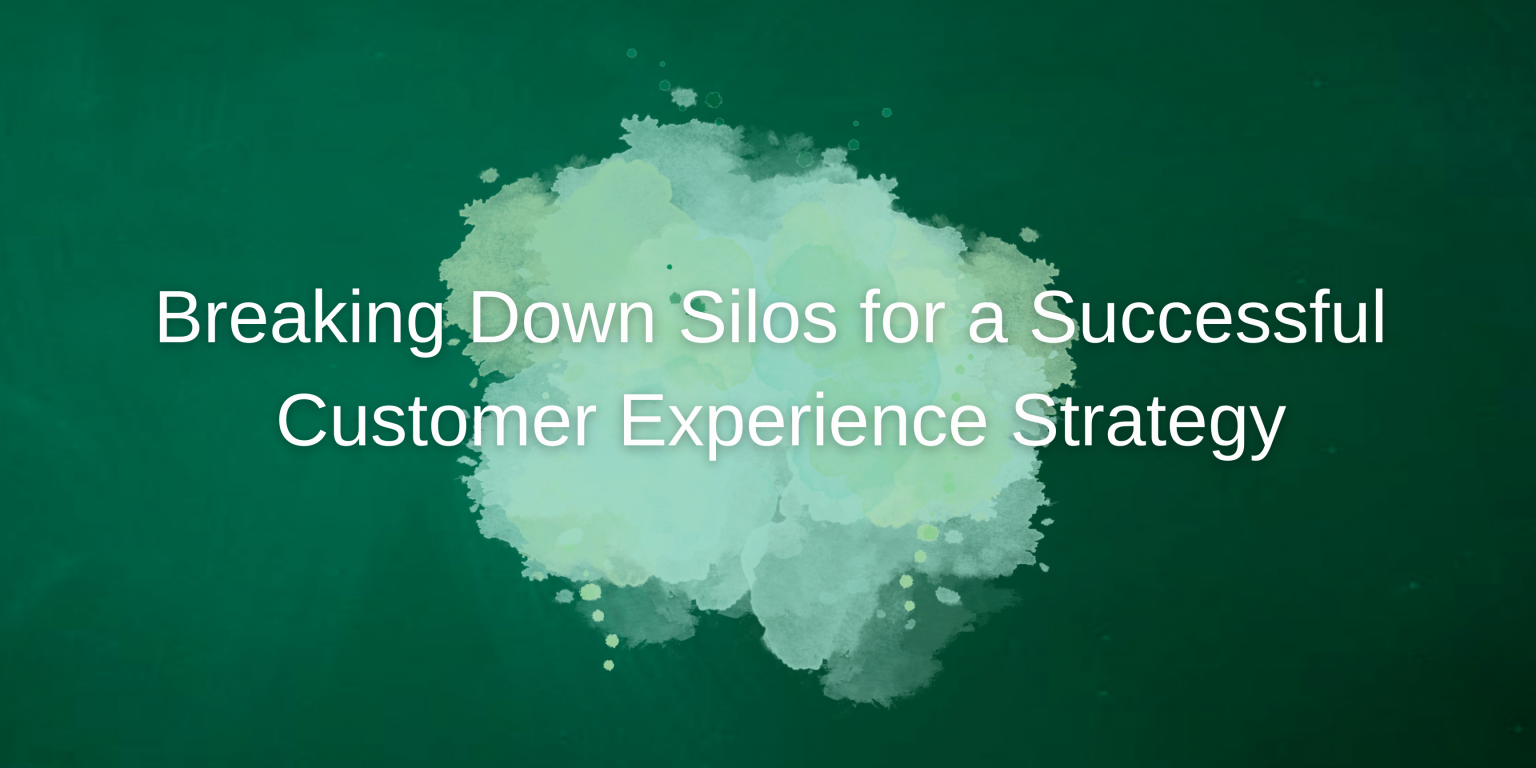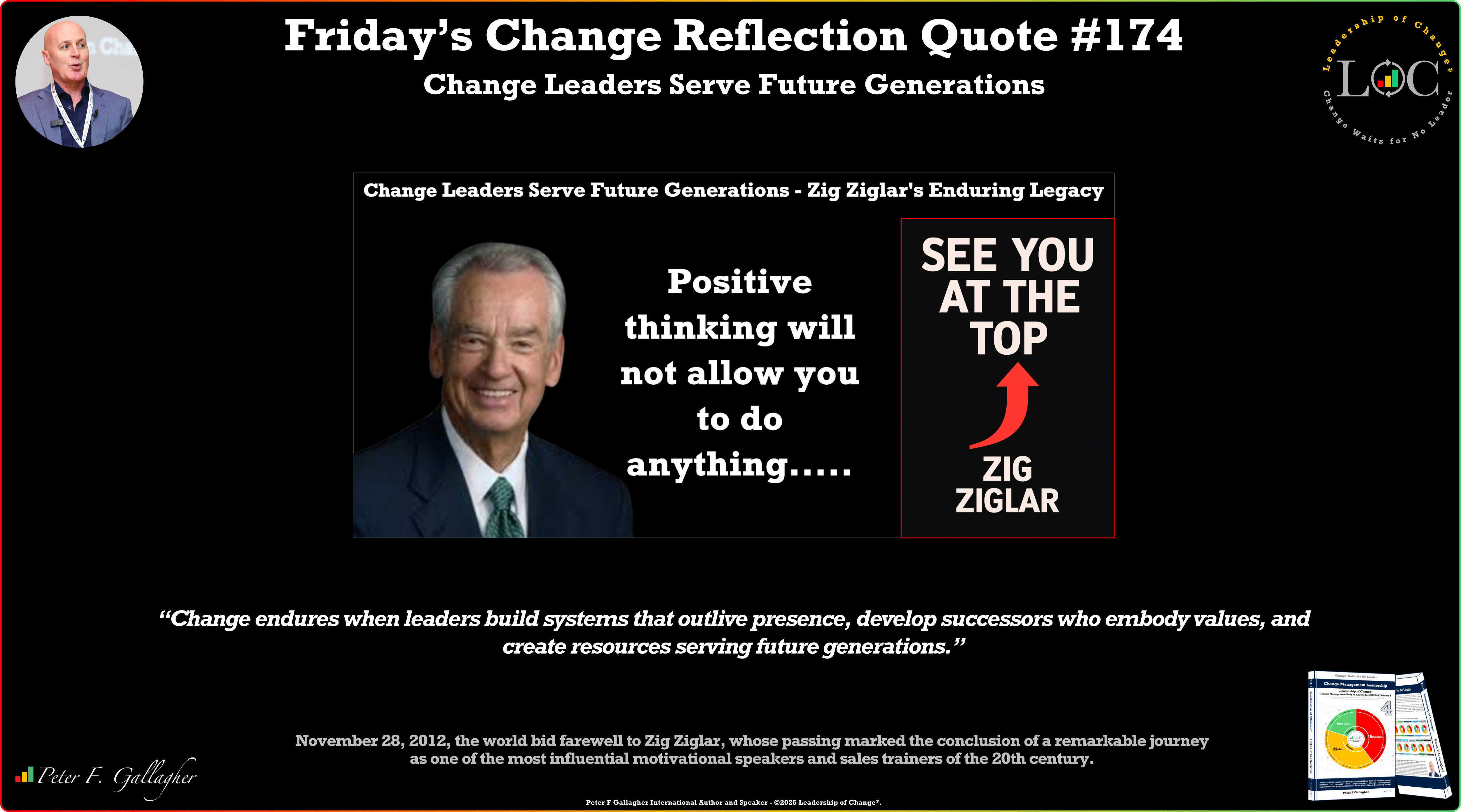Jul22

The digital landscape has transformed how businesses operate, making customer experience a critical factor in their success. Customer expectations have risen, and companies must prioritize delivering exceptional experiences to stay competitive. However, many organizations face a common obstacle in achieving this goal – organizational silos.
This comprehensive article will explore breaking down silos to facilitate successful customer experience transformation, leading to improved customer satisfaction, loyalty, and business growth.
In business, silos refer to isolated organizational divisions that hinder effective team communication and collaboration. Silos often emerge when departments focus solely on their goals, failing to share information and insights with others. This lack of cross-functional cooperation can be detrimental to customer experience, leading to disjointed processes, inconsistent messaging, and an inability to address customer needs holistically.
Silos manifest in various ways, such as separate marketing, sales, and customer support teams working in isolation. This fragmentation can result in frustrated customers who experience disconnected touchpoints throughout their journey. To ensure a seamless customer experience, organizations must break down these barriers and foster a culture of collaboration and shared responsibility.
Effective leadership is pivotal in transforming the customer experience by dismantling organizational silos. Leaders must emphasize the importance of customer-centricity and align all departments towards this common goal. They should encourage open communication, set clear expectations, and establish cross-functional teams to foster collaboration.
Leaders should also invest in tools and technologies that facilitate seamless information sharing between teams. For instance, implementing a unified Customer Relationship Management (CRM) system can centralize customer data and insights, ensuring that all departments have access to up-to-date and relevant information.
Transforming the customer experience requires a shift in organizational culture. Emphasizing a customer-centric approach should be a part of the company's DNA. To achieve this, employees at all levels must understand the importance of delivering exceptional experiences.
Leaders should conduct regular training sessions to instil customer-focused values and ensure that every team member understands their role in contributing to the customer journey. Acknowledging and rewarding employees who go the extra mile to enhance the customer experience will further reinforce the desired cultural shift.
One of the most significant challenges in overcoming silos is breaking down departmental barriers. Rather than functioning as isolated entities, departments should work together to create a unified customer experience. Here are some strategies to achieve this:
Encourage Cross-Functional Collaboration. Promote regular meetings and workshops that involve representatives from various departments. These sessions foster mutual understanding, identify pain points in the customer journey, and brainstorm innovative solutions.
Align departmental objectives with the overarching goal of delivering exceptional customer experiences. When teams share common objectives, they are more likely to collaborate effectively and prioritize customer-centric initiatives.
Implementing efficient communication channels, such as project management software or team collaboration tools, enables seamless information sharing and updates across different teams.
Consider creating physical spaces that encourage interaction between departments. Co-locating teams can lead to spontaneous conversations and ideation, benefiting the customer experience.
Data is a powerful asset in understanding customer behaviour and preferences. Organizations must leverage data analytics to gain valuable insights into customer interactions, pain points, and preferences.
Creating a comprehensive customer journey map helps identify touchpoints where customers interact with the brand. By analyzing these touchpoints, organizations can identify areas that need improvement and deliver a more cohesive experience.
Data-driven insights enable organizations to personalize customer interactions, offering tailored recommendations, promotions, and content based on individual preferences. This personal touch can significantly enhance customer satisfaction and loyalty.
Implement mechanisms to collect real-time customer feedback, such as surveys, social media monitoring, or chat support. Analyzing this feedback allows organizations to address customer concerns and promptly improve their services.
Advancements in technology have revolutionized the way companies interact with their customers. Embracing these innovations can significantly impact the customer experience positively.
Integrating AI-powered chatbots into customer support functions can provide immediate responses to common queries, streamline issue resolution, and offer personalized recommendations based on customer history.
For businesses in the retail and e-commerce sectors, VR and AR technologies offer immersive shopping experiences, enabling customers to interact with products virtually before making a purchase decision.
IoT devices can gather real-time customer behaviour and product usage data, enabling businesses to proactively address customer needs, offer timely maintenance, and deliver personalized services.
To ensure the effectiveness of customer experience transformation initiatives, organizations must establish measurable key performance indicators (KPIs) and regularly monitor their progress.
NPS measures customer loyalty and satisfaction, providing valuable insights into how well an organization meets customer expectations.
CES assesses the ease of completing a specific task or resolving an issue. Lower CES scores indicate that customers require help to interact with the brand.
Monitoring customer churn rates helps identify dissatisfaction or unaddressed concerns that may lead to customer defection.
In today's hyper-competitive business landscape, customer experience is a critical differentiator. By breaking down organizational silos, fostering a customer-centric culture, utilizing data and technology, and measuring the impact, companies can deliver exceptional customer experiences that drive loyalty, advocacy, and business growth.
Remember, the journey towards successful customer experience transformation is ongoing. It requires commitment, collaboration, and a relentless focus on understanding and meeting customer needs. By prioritizing customer-centricity and embracing continuous improvement, businesses can leave competitors behind and position themselves as leaders in their respective industries.
By Santhakumaran Atmalingam ACXS
Keywords: Customer Experience, Customer Loyalty, Design
 Operational Speed Without Strategic Clarity Creates Chaos
Operational Speed Without Strategic Clarity Creates Chaos The AI Curriculum: A Library's Deep Dive into Artificial Intelligence
The AI Curriculum: A Library's Deep Dive into Artificial Intelligence Friday’s Change Reflection Quote - Leadership of Change - Change Leaders Serve Future Generations
Friday’s Change Reflection Quote - Leadership of Change - Change Leaders Serve Future Generations The Corix Partners Friday Reading List - November 28, 2025
The Corix Partners Friday Reading List - November 28, 2025 The High-Performing Manager’s Burger: A Practical DoD that Reduces Defects and Shortens Cycle Time
The High-Performing Manager’s Burger: A Practical DoD that Reduces Defects and Shortens Cycle Time